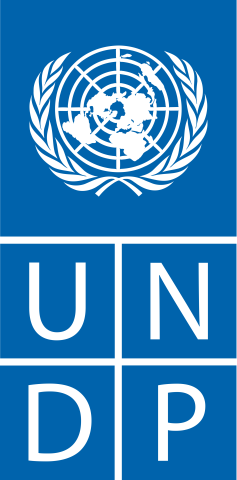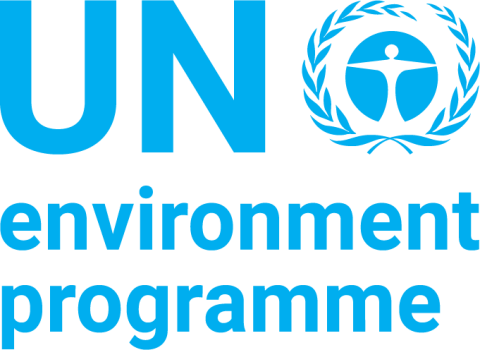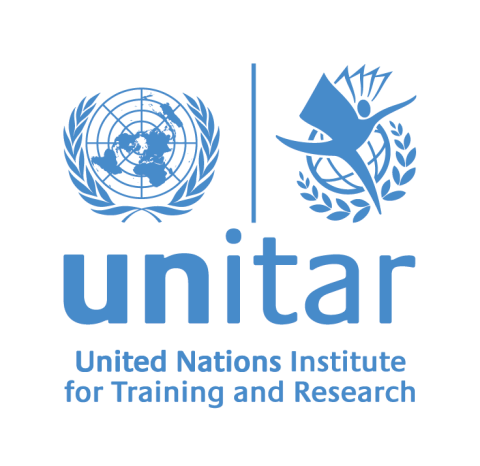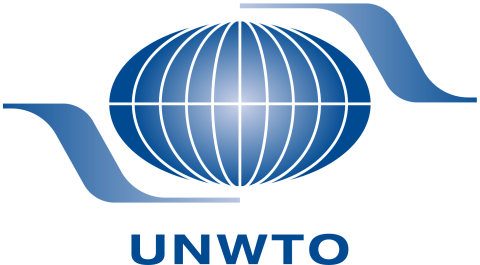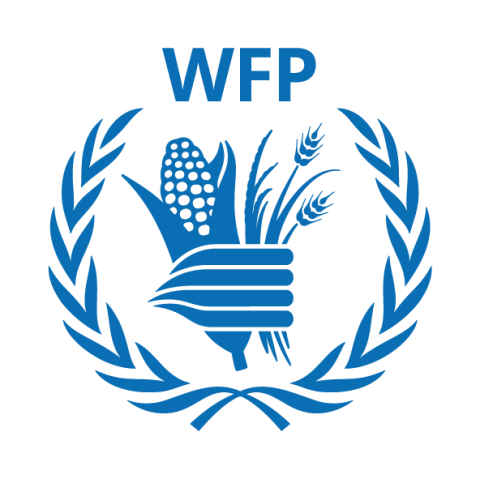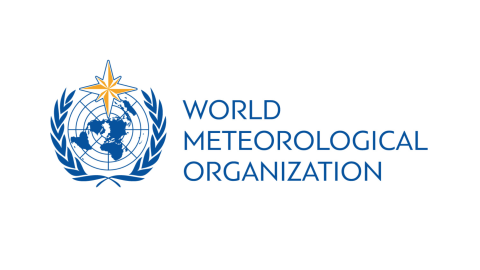
Sobrescribir enlaces de ayuda a la navegación
- Esta página fue traducida usando traducción automática. Leer más.
Sabías...
Los objetivos ambientales para 2030 se definen en varios de los 17 Objetivos de Desarrollo Sostenible :
- Objetivo 13 , lucha contra el cambio climático
- Objetivo 14 , conservar los océanos, los mares y los recursos marinos
- Objetivo 15 , proteger y restaurar los ecosistemas terrestres
- Objetivo 7 : garantizar el acceso a una energía limpia, asequible y fiable y a fuentes de agua potable para todos
- Objetivo 12 , desarrollar hábitos y normas de producción y consumo más sostenibles.
2023...
Fue un año esperanzador para el medio ambiente, en el que los Estados alcanzaron acuerdos sobre varios puntos clave:
- La era de los combustibles fósiles debe llegar a su fin.
- Los océanos del mundo estarán mejor protegidos, especialmente las aguas internacionales que quedan fuera de las responsabilidades nacionales.
- Un nuevo fondo cubrirá las pérdidas y los daños sufridos por los países en desarrollo debido al cambio climático.
Reducir la contaminación
Ginebra acoge una serie de acuerdos ambientales internacionales, a saber, los Convenios de Basilea, Róterdam y Estocolmo, que tratan de desechos peligrosos, productos químicos y plaguicidas, y contaminantes orgánicos, respectivamente. Además, el Convenio de Minamata llama la atención sobre la amenaza de las emisiones de mercurio. Todos ellos comparten el objetivo de proteger la salud humana y el medio ambiente de los productos residuales peligrosos.
Las secretarías de estos convenios organizan reuniones con los Estados miembros para hacer un seguimiento de los avances y abordar las novedades en sus ámbitos. Además, ayudan a los Estados a traducir sus compromisos en acciones a nivel nacional. Por ejemplo, el personal de las secretarías puede proporcionar apoyo técnico y capacitación para ayudar a los gobiernos a redactar nuevas leyes sobre materiales peligrosos.
Ejemplo 1: La lucha contra los residuos plásticos en el marco del Convenio de Basilea
El Convenio de Basilea es actualmente el único acuerdo internacional que abarca los residuos plásticos y su transporte a través de las fronteras . Bajo su paraguas, se fundó una Asociación para los Residuos Plásticos con el fin de reunir a gobiernos, empresas y la sociedad civil para reducir los residuos plásticos y encontrar nuevas formas de reciclar los residuos existentes.
Un proyecto piloto, encabezado por la Secretaría del Convenio de Basilea, abordó el problema de las redes de pesca de plástico en Ghana, que a menudo son abandonadas por sus propietarios, contaminando los mares, matando peces y amenazando los medios de vida de las comunidades locales. El proyecto invitó a los miembros de la comunidad a recoger y devolver las redes de plástico a cambio de un pequeño pago. Las redes luego se reciclaron para fabricar textiles u otros productos de uso diario.

Ejemplo 2: Normas de belleza peligrosas bajo revisión: la Convención de Minamata
Un ejemplo del trabajo del Convenio de Minamata es una campaña de concientización que utiliza lemas como: “El verdadero resplandor viene del interior, no del mercurio” o “El brillo no está en tu piel, el brillo es quién eres”.
Muchos productos para aclarar la piel utilizan mercurio, que puede provocar ansiedad y depresión, además de daños en la piel, el sistema nervioso y el sistema inmunológico. El PNUMA y el Convenio de Minamata están concienciando a la población para intentar superar los estándares de belleza racistas que incitan a las personas de color a utilizar estos productos. Este tema también se ha debatido durante la última Conferencia de las Partes del Convenio, en octubre de 2023.
Protegiendo especies, restaurando recursos naturales
La amplia gama de acuerdos ambientales multilaterales bajo el patrocinio del Programa de las Naciones Unidas para el Medio Ambiente abarca varias convenciones sobre la conservación de especies vegetales y animales y la protección de ecosistemas enteros. Dos de estas convenciones tienen sus secretarías ubicadas en Ginebra:
La Convención sobre el Comercio Internacional de Especies Amenazadas de Fauna y Flora Silvestres (CITES) supervisa el comercio internacional de especies de plantas y animales en peligro de extinción para garantizar su supervivencia. Teniendo en cuenta el inmenso valor de productos animales raros, como los dientes de tigre o el marfil, pero también de plantas, maderas o hierbas medicinales, es necesario establecer leyes sólidas para contener su comercio. En este sentido, la CITES protege a más de 40.000 especies de plantas y animales. Los Estados que han firmado la Convención deben traducir su contenido a la legislación nacional y restringir el comercio legal y, en consecuencia, ilegal de bienes naturales.
El Convenio de Teherán (sobre la protección del mar Caspio y su entorno marino) es un acuerdo regional entre los cinco estados adyacentes al mar Caspio: Azerbaiyán, Irán, Kazajstán, la Federación de Rusia y Turkmenistán. El mar Caspio es el lago más grande del mundo y en él habitan numerosas especies que sólo se encuentran en esta región. El Convenio de Teherán busca proteger estas especies y su hábitat y prevenir la contaminación del entorno marino.
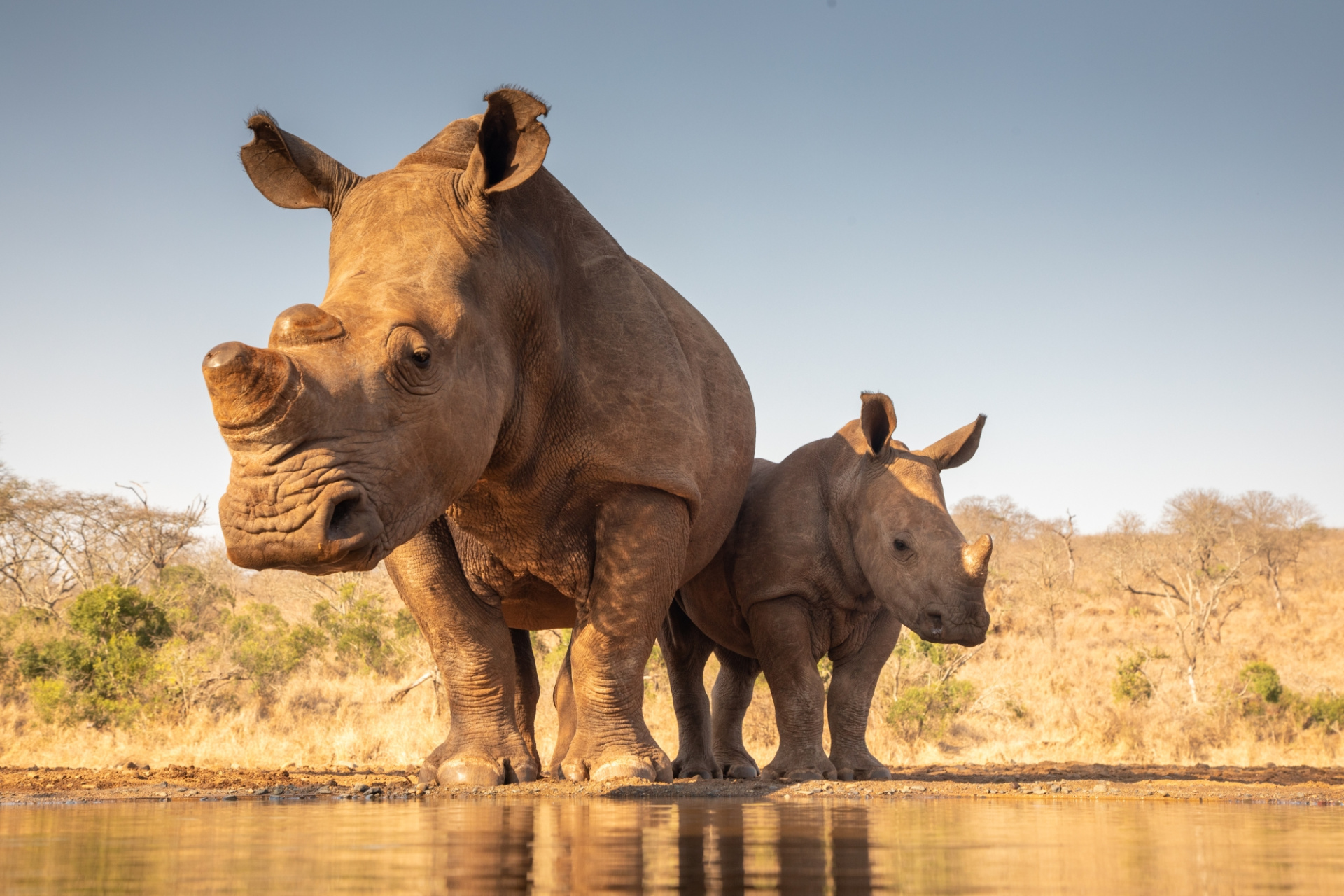
Cómo afrontar los efectos del calentamiento global
La protección del medio ambiente en todas sus dimensiones es una de las principales misiones de las Naciones Unidas en esta década y en las próximas. Sin embargo, también es responsabilidad de la Organización proteger a las personas más afectadas por el cambio climático y la degradación ambiental, y dotarlas de las herramientas necesarias para protegerse a sí mismas. Los desastres relacionados con el clima casi se han duplicado en comparación con los 20 años anteriores. Las sequías, las inundaciones, los incendios forestales y otros desastres atrapan a las personas en la pobreza, llevándose sus casas, campos y cosechas, y todo lo que han construido a lo largo de los años. La Oficina de las Naciones Unidas para la Reducción del Riesgo de Desastres (UNDRR) ayuda a los países, las ciudades y las comunidades a desarrollar mecanismos que puedan resistir mejor estas amenazas ambientales, por ejemplo, desarrollando sistemas de alerta temprana que alerten a la población antes de que se produzca un desastre; construyendo casas en lugares seguros; o ayudando a los gobiernos a desarrollar y aplicar mejores códigos de construcción y edificación, haciendo que las casas tengan menos probabilidades de derrumbarse en caso de desastre.
Investigación y formación
La Organización Meteorológica Mundial (OMM), con sede en Ginebra, supervisa la evolución del tiempo, el clima, el agua y otros indicadores ambientales a escala mundial a través de numerosos observatorios y de una amplia investigación climática. La oficina colabora con los gobiernos a nivel nacional y local para señalar las fuentes de problemas como las elevadas emisiones de gases de efecto invernadero o la mala calidad del aire.
El Grupo Intergubernamental de Expertos sobre el Cambio Climático (IPCC) , un esfuerzo conjunto de la OMM y el Programa de las Naciones Unidas para el Medio Ambiente, proporciona información científica sobre el cambio climático a los gobiernos. Los expertos del IPCC analizan las investigaciones existentes y trazan escenarios futuros, que sirven de base para que los gobiernos ajusten sus políticas climáticas.
El Instituto de las Naciones Unidas para Formación Profesional e Investigaciones (UNITAR) ofrece una multitud de programas de formación centrados en la conservación y restauración del medio ambiente, por ejemplo en misiones de mantenimiento de la paz, y, más ampliamente, en el desarrollo sostenible.
Organizaciones que trabajan para proteger el medio ambiente
El Grupo del Banco Mundial es una institución financiera internacional cuya misión es poner fin a la pobreza extrema y promover la prosperidad compartida en un planeta habitable. Opera en todas las áreas principales de desarrollo y ofrece una amplia gama de productos financieros y asistencia técnica [...]
El PNUD es la principal organización de las Naciones Unidas que lucha para poner fin a la injusticia de la pobreza, la desigualdad y el cambio climático. Trabajando con una amplia red de expertos y socios en 170 países, la agencia ayuda a las naciones a construir soluciones integradas y duraderas [...]
La Oficina de las Naciones Unidas para la Reducción del Riesgo de Desastres (UNDRR) trabaja para reducir sustancialmente el riesgo de desastres y las pérdidas para garantizar un futuro sostenible. UNDRR (anteriormente conocida como UNISDR) es el punto focal del sistema de las Naciones Unidas para la [...]
El Programa de las Naciones Unidas para el Medio Ambiente (PNUMA) es la principal autoridad ambiental mundial que establece la agenda ambiental mundial, promueve la implementación coherente de la dimensión ambiental del desarrollo sostenible dentro del sistema de las Naciones Unidas y actúa como un [...]
Como brazo dedicado a la formación del sistema de las Naciones Unidas, el Instituto de las Naciones Unidas para la Formación Profesional y la Investigación (UNITAR) proporciona soluciones de aprendizaje innovadoras a personas, organizaciones e instituciones para mejorar la toma de decisiones a nivel [...]
La Oficina de las Naciones Unidas contra la Droga y el Delito (UNODC) tiene el mandato de hacer del mundo un lugar más seguro frente a las drogas, el crimen organizado, la corrupción y el terrorismo. La organización se compromete a lograr la salud, la seguridad y la justicia para todos abordando [...]
UNOPS ayuda a la ONU y a sus socios a brindar soluciones de paz y seguridad, humanitarias y de desarrollo. Su misión es ayudar a las personas a construir una vida mejor y a los países a lograr la paz y el desarrollo sostenible.
Están enfocados en la implementación, comprometidos con los valores de [...]
La presencia de la OMT en Ginebra tiene el potencial de aumentar sustancialmente el impacto positivo del turismo como motor para el desarrollo. Como parte del alcance del trabajo de la Oficina de Enlace de la OMT en Ginebra (GVLO) para representar a la OMT ante el Sistema de las Naciones Unidas y [...]
El Programa Mundial de Alimentos de las Naciones Unidas es la organización humanitaria más grande del mundo, que salva vidas en emergencias y da asistencia alimentaria para construir un camino hacia la paz, la estabilidad y la prosperidad de poblaciones que se están recuperando de conflictos y [...]
La Organización Meteorológica Mundial (OMM) es un organismo especializado de las Naciones Unidas. Es la voz autorizada del sistema de las Naciones Unidas sobre el estado y el comportamiento de la atmósfera terrestre, su interacción con los océanos, el clima que produce y la distribución resultante [...]


